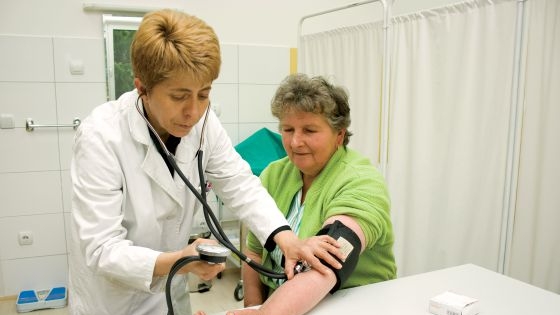Although homicide rates have been falling around the world since 2000, in 2012 alone, 475,000 people were murdered, most of whom were men between the ages of 15 and 29. Most of these victims were killed by firearms.
This statistic is included in the “Global Status Report on Violence Prevention 2014,” prepared by the World Health Organization, the United Nations Development Program and the United Nations Office on Drugs and Crime (UNODC), using data from 133 countries.
The WHO considers interpersonal violence (when an individual intentionally harms another) as a public health problem. This is a worldwide phenomenon that can have severe long-term consequences.
According to the report, one of every four children has been a victim of physical abuse (the figure increases to three of every four if other types of abuse are included). One of every three women has been physically or sexually attacked by her partner. Additionally, one of every 17 senior citizens reported having suffered abuse in the 30 days preceding the survey.
Besides the immediate consequences (injuries, days of work or school lost), according to the report, “Such violence contributes to lifelong ill health – particularly for women and children – and early death.”
The report goes on to say that “Many leading causes of death such as heart disease, stroke, cancer and HIV/AIDS are the result of victims of violence adopting behaviors such as smoking, alcohol and drug misuse and unsafe sex.”
The report also mentions other consequences, such as sleep and eating disorders (anorexia, obesity), depression and anxiety, unwanted pregnancy and diabetes.
“A Public Health Problem”
Christopher Mikton, of the WHO’s Department of Violence and Injury Prevention and Disability, presented the report this week at the World Bank headquarters in Washington, D.C.
“We identified interpersonal violence as a public health problem a long time ago but we are only now becoming aware of the fact that it is, especially given all these other consequences throughout life,” said Mikton.
He added that the process through which countries understand and assume interpersonal violence as a “very important” public health problem has been “very slow.” “We have made some progress but there is still much to be done,” he said.
Apart from understanding that violence is a public health problem, other challenges for those working in the area is to estimate the real cost of the phenomenon for countries’ economies. Experts believe that this would encourage governments to prioritize the issue.
“The report puts in numbers some things we have noticed in our work. The good news is that it can serve as an incentive for action in countries where the problem is more serious,” said Rodrigo Serrano, a citizen security expert at the World Bank.
The report states that just over half of the countries studied have programs to prevent youth violence and that just 22% have programs to prevent violence during courtship.
Although nearly 80% have laws to prevent violence, just half have mechanisms or the will to guarantee their proper application.
Finally, the report recommends improving prevention programs and the application of laws and guaranteeing support to victims. Additionally, it calls for strengthening data collection to identify zones, times and circumstances in which crimes occur and establishing targets to track progress in violence prevention.

